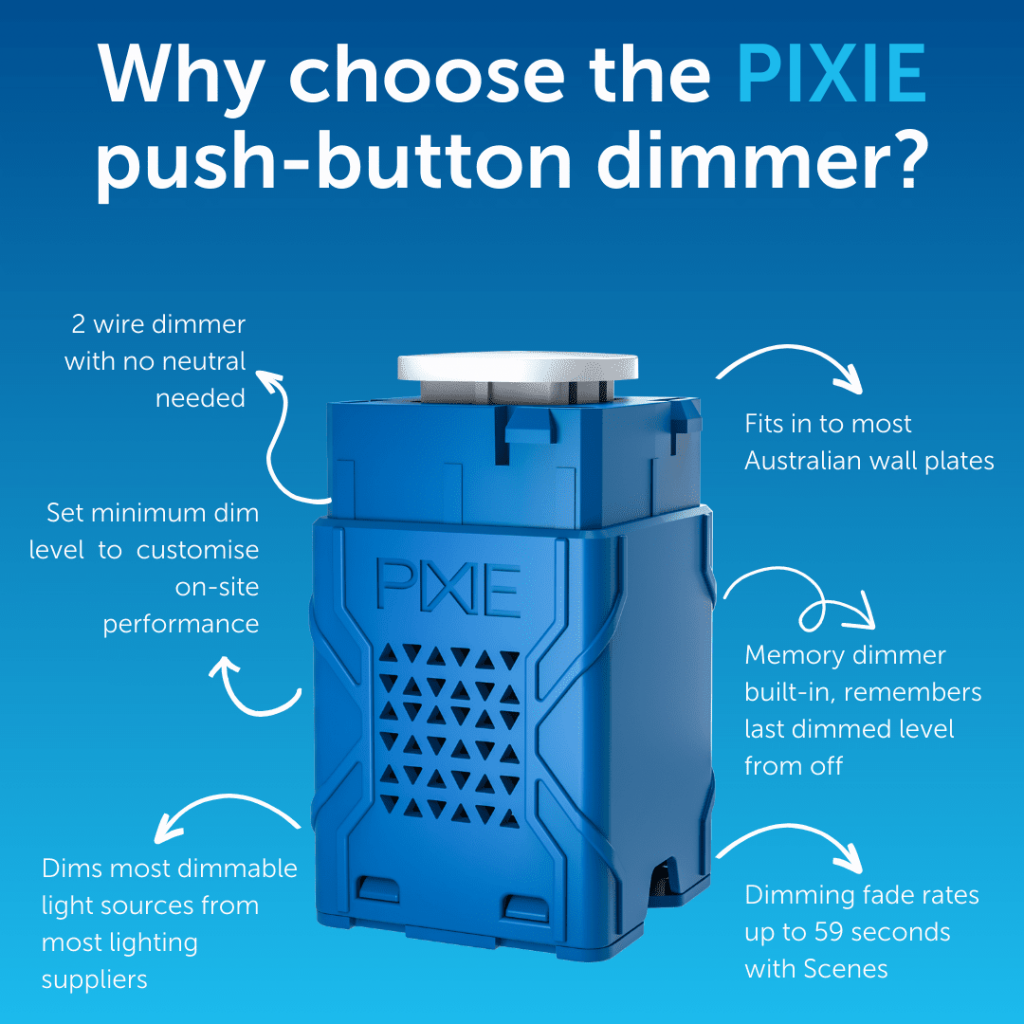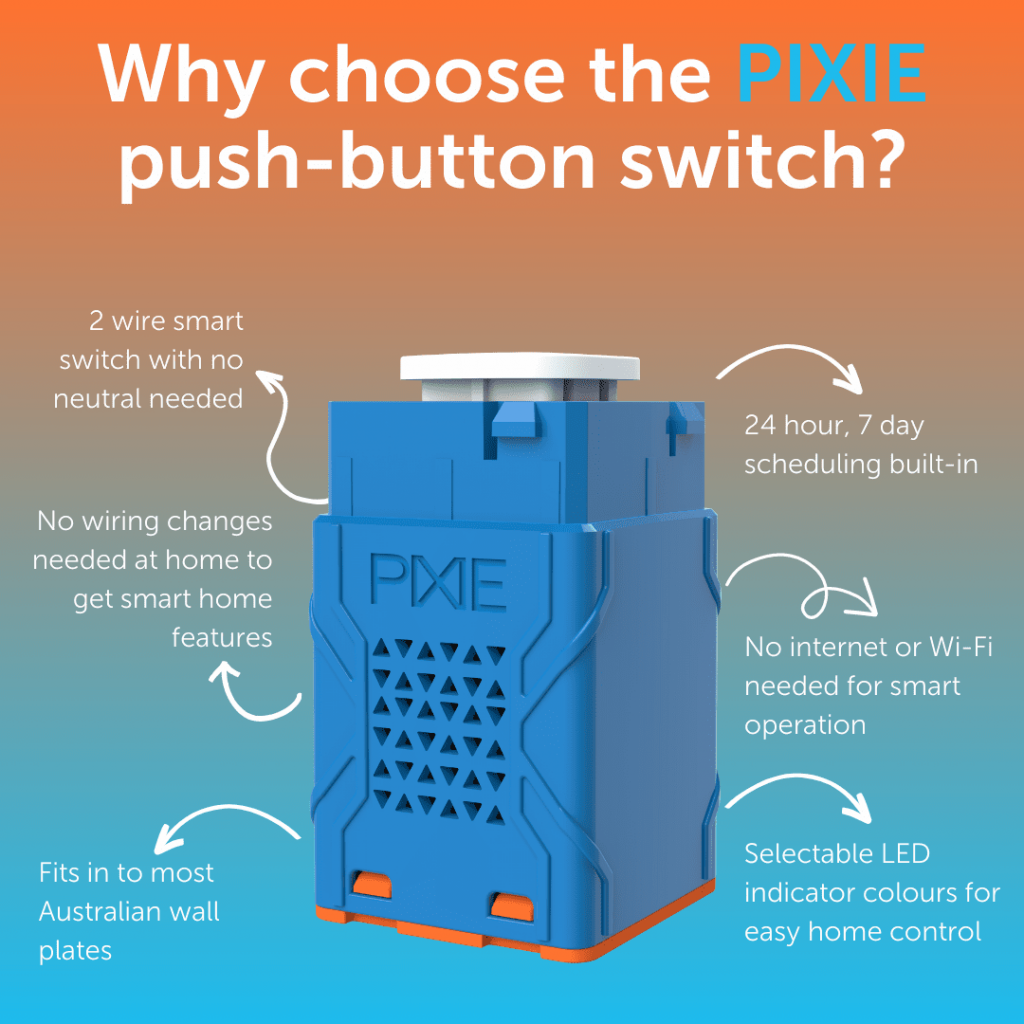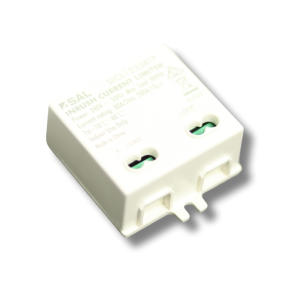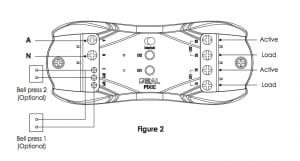As the PIXIE range of products and experience in the market place continues to grow we have discovered some concepts and conditions that may help experienced smart home electricians and systems integrators troubleshoot their PIXIE systems.
Whilst we have a comprehensive online training course for PIXIE, its this practical experience which can help you out of a bind when on site.
https://training.pixiepartners.com.au
Always Do This First #
The first steps to solving a range of common challenges can be resolved quickly.
- – Update operating system on mobile device
- – Update PIXIE apps
- – Update PIXIE firmware in hardware
- – Power Cycle
Take Care Making Groups to Maximise Functionality #
Groups are collection of PIXIE devices in the PIXIE Apps, which can be controlled together from a single ‘network command’. That is, a single message controls multiple PIXIE devices.
Unlike Scenes, which send individual messages to each PIXIE device in the Scene to go to a specific state, groups control all devices to the same state. Choosing when to use a group and when to use a scene depends on what is trying to be achieved.
Groups can be ‘paired’ to be controlled directly from a wall mounted or remote battery operated Multifunction Controller also
Devices can be members of multiple different groups
Therefore, care should be taken in understanding how the group is going to be controlled and what members should be part of that GROUP.
Remember a SCENE can be a combination of DEVICES and / or GROUPS too, and scenes can also be paired to multifunction devices, whether powered or battery remote controlled.
Dimming LED Lamps #
If using low wattage ( < 10w ) filament lamps, LED candles, fancy rounds, G4, G9, GU10, LED MR16 lamps, E14, E27 lamp holder type.
The PIXIE SDD300BTAM dimmer is a trailing edge (only) dimmer, needing and Active and switchwire, no neutral.

This is often forgotten due to form factor legacy Tungsten lamps and LED lamps, but is critical to understand challenges in dimming LED lamps with tiny drivers, that are nothing like a tungsten lamp of old other than outward appearance.
Consider the size of the base of some of the LED lamps types, its clear that the amount of circuitry provided is minuscule, which has an impact on the dimming capability and performance
Phase Dimming is a combination of matching the dimming curve to the driver. With poor drivers comes poor performance.
Some reported field issues and resolutions: #
Flickering at 100% but at 95% no flickering
- – Dim to 95%. As PIXIE dimmers have a memory function, each time the dimmers is turned off, it will return to its previous level.
- – Try different lamps from different suppliers to find a compatible version
Flickering at all levels
- – Install the provided capacitor across LOAD and NEUTRAL – sometimes this works, sometimes it stop the lamps from working.
- – Try different lamps from different suppliers to find a compatible version
Wont turn off
- – Install the provided capacitor across LOAD and NEUTRAL – sometimes this works, sometimes it stop the lamps from working.
- – Try different lamps from different suppliers to find a compatible version
Wont turn on
- – Install the provided capacitor across LOAD and NEUTRAL – sometimes this works, sometimes it stop the lamps from working.
- – Try different lamps from different suppliers to find a compatible version
Have you tried switching it only? #
Perhaps the lamps are a very low wattage and dimming is actually not needed.
Where this is an option replace the dimmer with the PIXIE smart switch SWL600BTAM.

What else can I try? #
Install an MMBP from DIGINET. A different type of load bypass device, that due to a different design may provide a different outcome.
Other Challenges #
Remember each of these little drivers inside the lamps will have an INRUSH on startup.
In this case 1+1 does not equal 2 – meaning the more capacitive devices operated together on the switchwire of the dimmer will multiply the inrush not simply add it.
When the inrush is too high, repeatedly, the dimmer will get damaged and fail as there is only so much space to build-in protection for poor quality drivers with poor in rush and low power factor.

What is an Inrush Current Limiter why do you need it and when do you use it?
Switching Contactors #
The best way to switch contactors for larger loads, wth PIXIE, is using the PIXIE Dual Relay Controller – PC206DR/R/BTAM.
This device has 2 x 6AMP (resistive) LATCHING relays, with NO minimum load requirement for activation.
This device also has a memory switch, which when activated, remembers the state in the event of a blackout, when power is returned that prior state will be retained.
This device also has 24/7 scheduling and acts a a Bluetooth mesh booster for PIXIE mesh. Full control via apps and PIXIE Touch Panel is possible with independent control of each relay.

For on-wall wall control there are 2 options.
- 1) Wirelessly Pair any PIXIE Multifunction Control device to control 1 or both relays (together)
- 2) Install any mechanical bell press mech on the wall plate (we recommend the SAL SBP10L) and cable from the switch to the the BP inputs on this device, volt free, for direct control of the relays.
Using a BELL PRESS, allows system messages to also operate the relays.

Why not the SWL600BTAM? #
Unlike the SWL600BTAM, which has a minimum load requirement, meaning that for most contactors you will have to install 1 or more CAPACITORS across load and neutral to make the relay in the switch stay latched.
The number of load bypass devices needed is different each time depending on the contactors being used.
Capacitors deteriorate over time, meaning that sometime in the future, the switch may in fact not stay latched, due to the capacitor deterioration.
The most robust option therefore is the PIXIE Dual Relay controller PC206DR/R/BTAM
Switching Multiple Constant Voltage LED drivers on SWL600BTAM or STS600BTAM #
First we recommend using the highest quality constant voltage LED driver your project can accommodate .
This applies to garden lights, pool lights, heated towel rail with transformers, LED strips (being switched only) – really any application where multiple constant voltage drivers are being switched together.
This means:
- –> PF (Power factor) must be >.70 – preferable => .95
- –> In-rush current must be < 24 A
Note that MOST constant voltage drivers from most suppliers sold in Australia today DO NOT meet these recommendations in our experience in 2024.
Preferred brands for best performance:
- – Meanwell
- – Selected SAL drivers – see below
Range of SAL FC PLUTO drivers
https://www.sal.net.au/search?q=pluto+fc
Remember each of these constant voltage LED drivers will have an INRUSH on startup.
In this case 1+1 does not equal 2 – meaning the more drivers operated together on the switchwire of the switch will multiply the inrush, not add.
When the inrush is too high, repeatedly, the switch will get damaged and fail as there is only so much space to build-in protection for poor quality drivers with poor in rush and low power factor.



